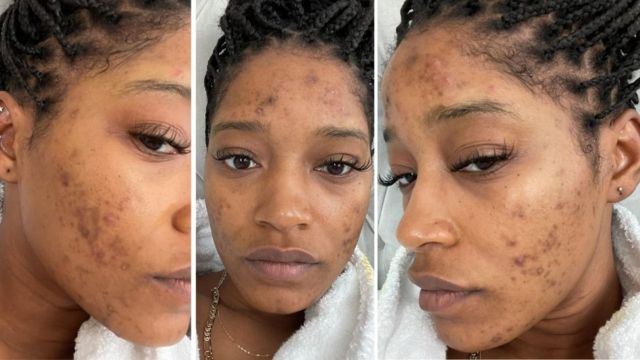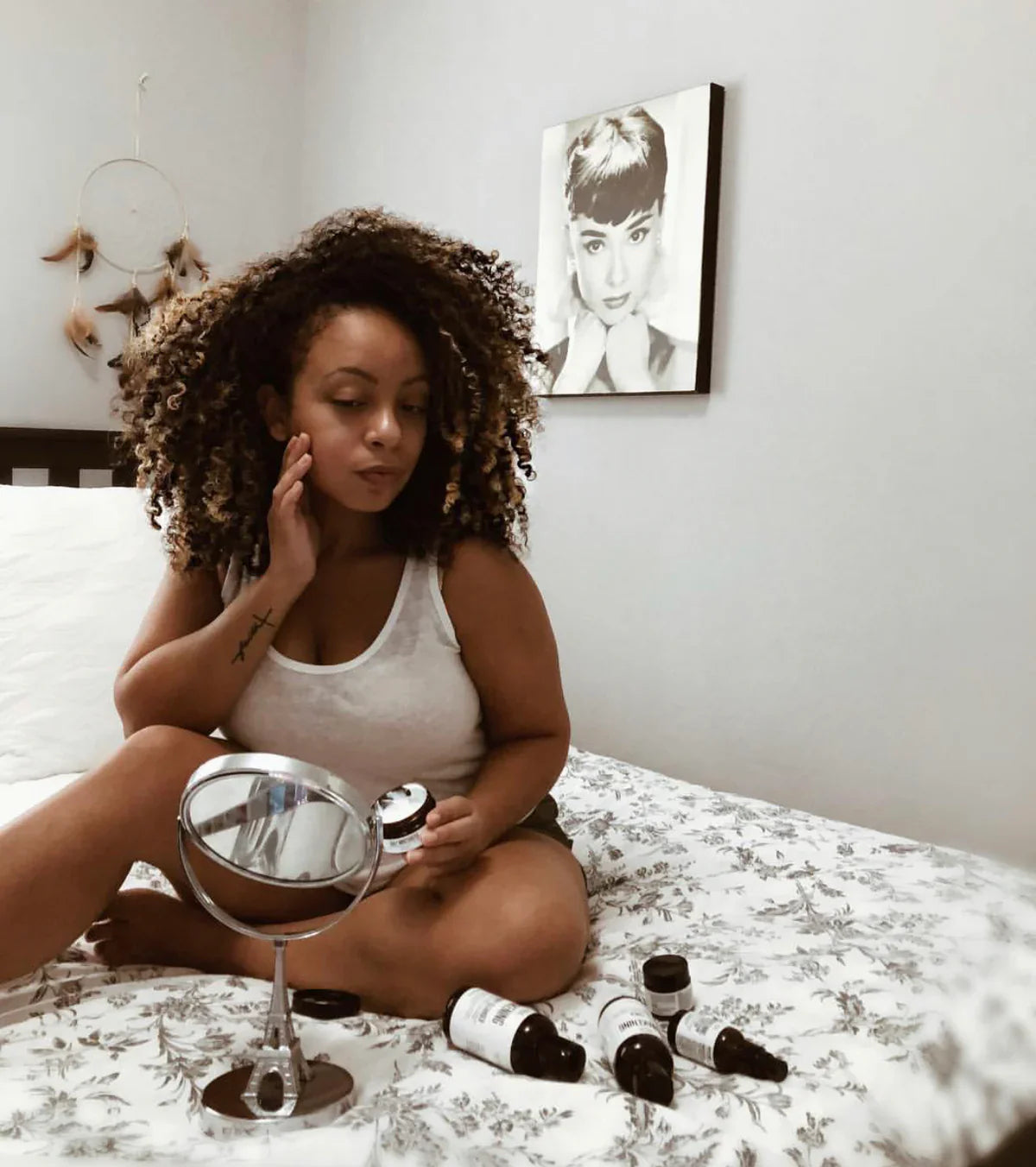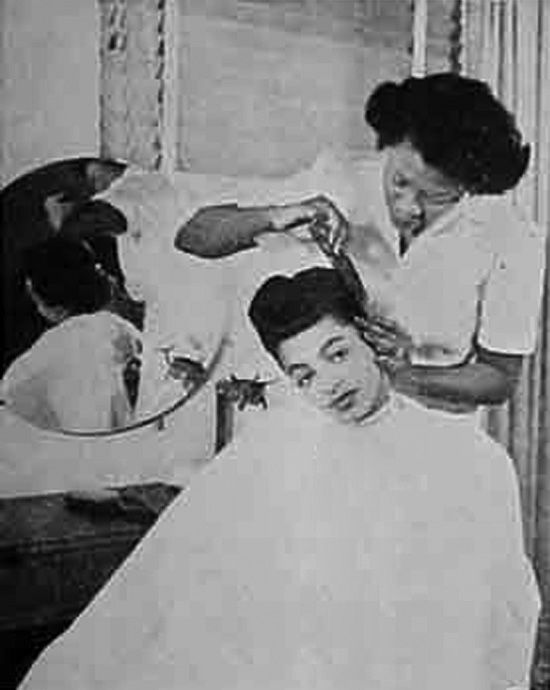PCOS Survival: Treating Your Skin

According to the Polycystic Ovarian Syndrome Awareness Association (PCOS), affects over 10 million women worldwide. That’s more than the number of people diagnosed with breast cancer, rheumatoid arthritis, multiple sclerosis, and lupus combined. It affects women of all races and while there are treatments that can help ease the symptoms of PCOS, there is no cure. Besides infertility, low sex drive, bloating and sleep apnea. PCOS can also contribute to problems on the skin. Keep reading to learn more about those problems and treatment options.
What is Polycystic Ovarian Syndrome?
PCOS is the most common endocrine disorder in reproductive- age women, affecting 5-20% of the population. It is a clinical syndrome that consists of a collection of signs and symptoms that can start as early as puberty. According to Dr. Joy’El Ballard, MD, FACOG a Board-Certified Gynecologist in Annapolis, MD
“PCOS is a multitude of dysregulation of elevated androgens, estrogen, and insulin levels. Basically, there is miscommunication between centers in the brain and the ovary that causes an imbalance of certain hormones in the female body,” says Dr. Ballard. The exact cause of PCOS is unknown, but genetics and environmental factors are believed to be at it’s core. It is frequently underdiagnosed and is misunderstood by many physicians.
Impacts on The Skin
PCOS affects the skin mainly in three ways. Firstly, extra body hair on the face. Secondly, acne on the face, back or chest and Thirdly, acanthosis nigricans (patches of dark skin on the back of the neck or other areas where the skin folds). Hypoandrogenemia is the excess of androgens like Testosterone that causes hirsutism (increase in hair growth). In PCOS, the ovaries are over stimulated to increase secretion of more androgens and intra-abdominal adipose tissue also stimulates an increase in the production of testosterone. PCOS is also associated with elevated insulin (the hormone that controls your blood sugar) which subsequently decreases a protein called sex hormone binding globulin (SHBG). A decrease in SHBG causes testosterone to roam free in your system thereby increasing testosterone levels further. Androgens stimulate the sebaceous glands, making them produce more skin oil, or sebum. This excess sebum clogs the pores and makes good food for acne causing bacteria.
Treatment
Many women with PCOS find that standard topical acne therapies or even oral antibiotics are not very effective in treating their acne. Since it is due to an imbalance of hormones Ballard recommends hormonal therapy as the first line of treatment. It is a known fact that Tea Tree oil is one of the most impactful ingredients in treating PCOS. YELLE’s toner is power packed with just enough tea tree oil to help you get in control of your breakouts while reviving and maintaining healthy skin.. YELLE’s Awakening Milk andHoney moisturizing cleanser and Brightening Serum are two products you definitely want to have while treating your PCOS.




Comments